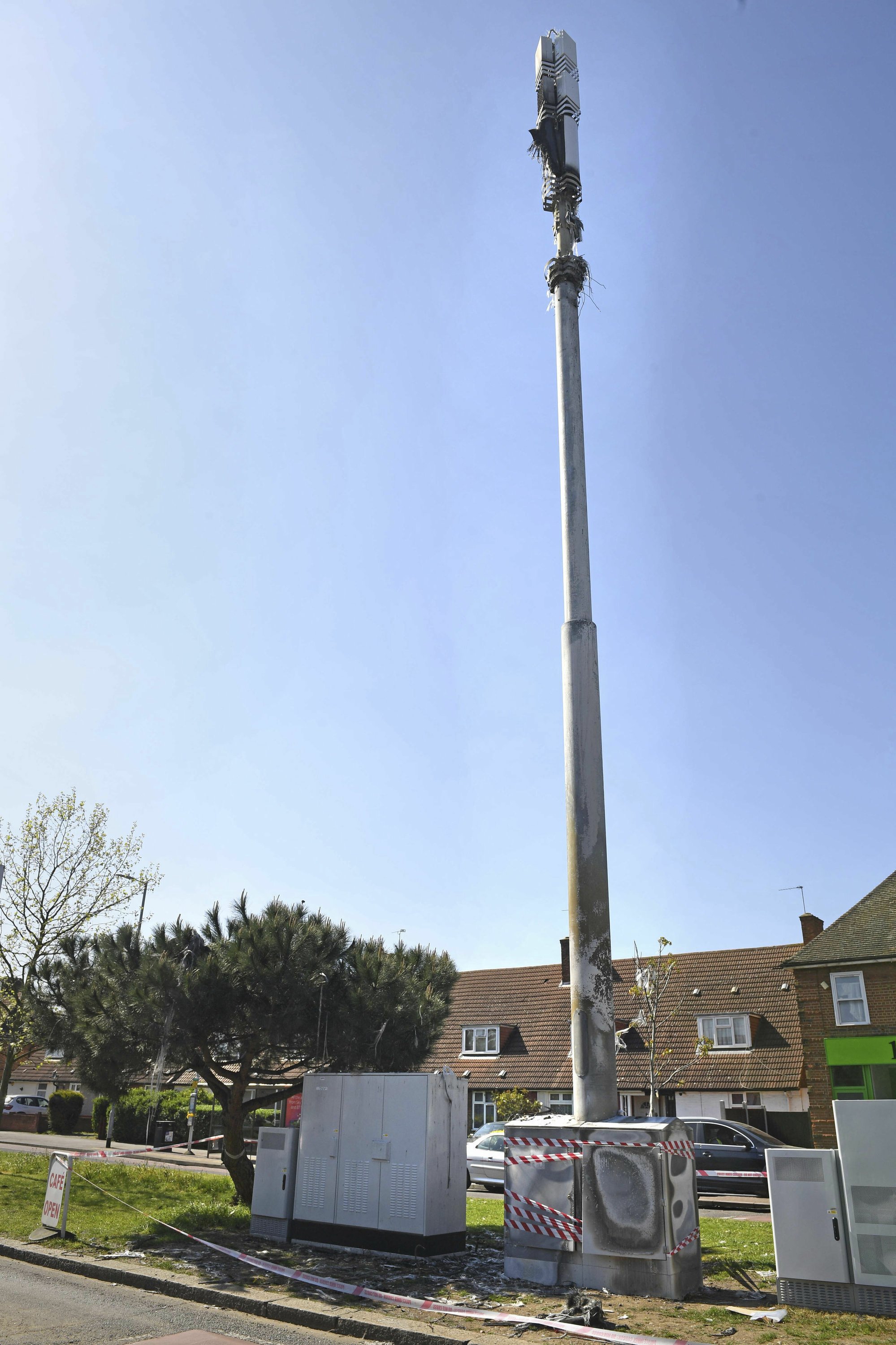If you've ever walked through a town and spotted tiny cell towers for 5G on the poles of street lights. They appear like tiny boxes however they're actually sending wireless signals from cellular providers to your phone.
The smaller ones are being replaced by the larger, purpose-built cell towers. Although they're not as visible, they still can cause problems for people.
It is the Federal Communications Commission's Radiation Exposure Thresholds
The FCC's Radiation Exposure Thresholds determine the maximum amount of time a person can be exposed to electromagnetic radiation from wireless devices. The exposure limits are based upon scientific research which show that the energy of RF could cause harm to health.
The rate of absorption called the specific absorption rate (SAR) is an indicator of the amount of radiofrequency energy that is taken up by tissues. It's usually 1.6 milliwatts per kilogram averaged over one Gram of tissue.
However, because 5g transmits at higher frequencies and has the potential to create more energy on the skin and other directly-exposed body parts. This can result in various potential harms, including exacerbated the development of skin conditions such as dermatitis, skin cancer and cataracts.

Due to the possible severe effects of 5g radiation, PSU has chosen to establish a general, localized maximum power density of four MW/cm2 averaged over 1 cm2, and not to exceed 30 minutes for all 5G services running at 3000 GHz. This localized limit is in accordance with the highest SAR that is spatially averaged at 1.6 W/kg, averaged over one grams of tissues at six GHz.

The FCC's Maximum Exposure Thresholds for Maximum Exposure
If you've ever used a cell phone, then you've probably realized that a safe location from the tower is at least 400 meters. This is because the power of transmission from cell towers increases drastically the farther you are from it.
Although this may sound like a good idea but the truth is that people who live close to towers could be more prone to health problems. For instance, a 2014 study in India discovered that people living within 50 meters from cell towers suffered much more health problems than those who lived farther distance from them.
However, this study also showed that residents who moved into areas farther away from the cell towers saw their symptoms return to normal within a few days. Another study has shown that exposure to high frequencies of radiofrequency electromagnetic fields (EMFs) can cause brain tumors, cancers as well as other health issues.
This is due to the fact that RF radiation, which is used in wireless communication can be absorbed by the body's outer layer, called the skin. This is vital to be aware of because the skin acts as a protective barrier against mechanical injury, infection from pathogenic microorganisms, as well as entry of toxic substances. It is also the most important organ in the human body, and is accountable for keeping the integrity of other organs.
The FCC's Minimum Exposure Thresholds
The FCC's Minimum Exposure Thresholds rely on various assumptions that aren't supported by evidence from science. These include the erroneous assumption that short-term exposures to RF radiations are not harmful due to minimal penetration into the body (i.e. thermal heating of tissue).
This assumption does not take into account the deeper penetration of the ELF parts of the modulated RF signal as well as the effect on the body of short bursts from pulsed RF waves. Proteck'd Emf are not compatible with the current understanding of biological effects of RF radiation, and thus, they should not be used for health protective exposure standards.
In addition, the ICNIRP and FCC limit the maximum limits of exposure to peak local SARs based on the peak speed of spatial absorption (psSAR), which can be described as an inadequate dosimetric tool to assess the amount of radiation exposure. In particular the psSAR tool is not accurate for frequencies above 6 GHz. Additionally, psSAR hasn't been evaluated for RF radiation that is exposed to other environmental agents such as sunlight. Interactions of RF radiation with other environmental agents may cause synergistic or antagonistic results. This could result in an increased risk of negative health effects. For example, co-exposure to RF radiation along with exposure to sunlight can increase the risk of skin cancer, and may also exacerbate other skin disorders, such as acne.
